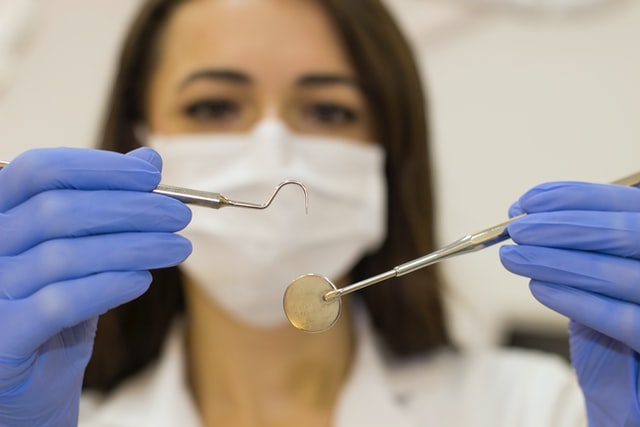
One of the most difficult things a person can experience in their dental health would be a cracked tooth. Regardless if you’ve been chewing on hard snacks or you may have been skipping on your daily brush, things may turn out bad—so bad that a fragment of enamel may fall out from your pearly whites.
The good news is that a well-skilled dentist would be able to accommodate your concern—well enough for the cracked part to be replaced. However, the whole procedure of filling in the gaping hole on your tooth would require you to choose between two methods.
Depending on the extent of the damage to your tooth, you may either go for a dental onlay or a dental inlay. Here’s what to know about the two methods.
What Are Dental Onlays and Dental Inlays?
These two methods may vary, but they are similar to each other in one way or the other. Your dentist may suggest performing either of these methods after they’ve done the initial inspection. They will decide to go with one of these methods, however, preferably one that would be more applicable for your tooth repair procedure.
A dental onlay will serve more like a crown, as it is a cap that tops off the hole instead of filling it from the bottom. If you do not want excess food to accumulate inside your tooth, this would be the most probable option. Of course, this is only applicable for those teeth with holes or cracks that do not extensively reach towards the bottom.
A dental inlay is more focused on filling in the entirety of the tooth itself. You no longer have to worry about the empty gaping hole or crack since it will be filled with porcelain or composite material that would match your tooth color.
To simplify, an onlay focuses on covering the top of the cracked tooth. An inlay, on the other hand, focuses more on filling in the entirety of the hole within the tooth. Keep in mind that the dentist’s decision may still depend on the level of damage and their assessment, not just your own preference.
Which Method Should I Opt For?
You may choose either one, but remember to consult the condition with your dentist as well—they know more about the damage than you do. Picking either of the procedures without analyzing the damage may cause premature breakage even before the filling or top has set in, resulting in more dental sessions and expenses.
What Are the Usual Processes Regardless of the Chosen Method?
After having the damaged tooth checked by the dentist, they will come up with a viable suggestion of which method can work best for you. They will then clean the area, remove the damaged piece, then place a temporary placeholder over it.
After you return for your second session, your inlay or onlay will be applied to the damaged teeth, after which it would be bonded and polished to make the repairs unnoticeable.
Conclusion
Both dental onlays and inlays are proper fixes for broken teeth. It may be a bit too technical to define, but once a patient gets a general idea of what they’re in for, they would be able to choose one that works best for them. In the end, the goal is to bring out the beauty of their pearly whites once again.
If you are looking for an affordable dentist in Mansfield, look no further—Ivy Rose Family Dentistry can help. Our skilled dentists are experts in both restorative and cosmetic dentistry and backed by years of experience in dental crowns, dental implants, and dental sealants, among others. Contact us to learn more!

